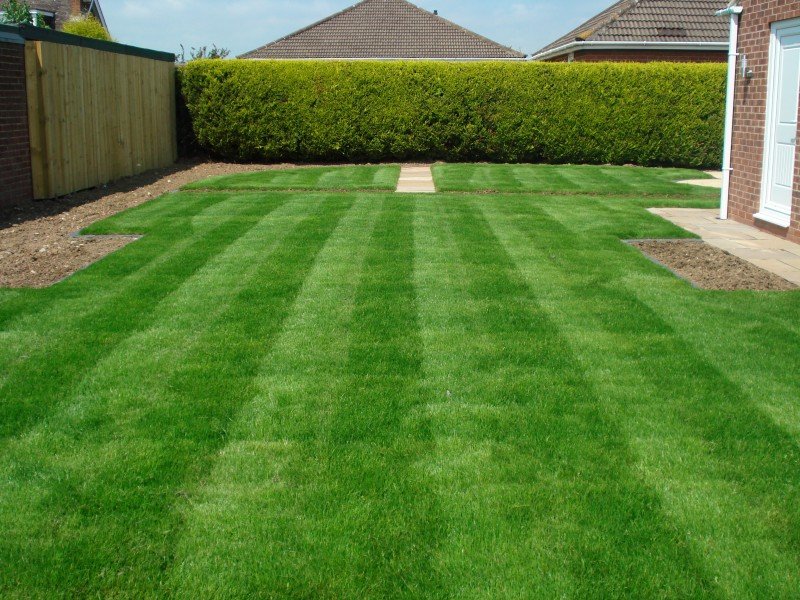
The Ultimate Guide to Sustainable Landscaping Practices Sep 08, 2025
Understanding the principles of sustainable landscaping starts with acknowledging the impact of traditional practices. Conventional landscaping often involves high water usage, excessive chemical fertilizers, and maintenance routines that can harm local ecosystems. To pivot towards sustainability, consider adopting native plants, which require less water and resist local pests naturally. Native plants are accustomed to the climate you live in, meaning they thrive with minimal intervention, offering a beautiful, low-maintenance solution for your garden.
Water conservation is another cornerstone of sustainable landscaping. By incorporating techniques such as drip irrigation and rainwater harvesting, you can significantly reduce your water usage. Drip irrigation systems deliver water directly to the plant roots, minimizing evaporation and ensuring that your plants receive the necessary hydration. Rainwater harvesting, on the other hand, allows you to collect and store rainwater, which can then be used to water your garden during dry periods. This not only helps conserve water but also lowers your utility bills over time.
Composting is a beneficial practice that can transform your garden waste into a valuable resource. By composting organic materials like grass clippings, leaves, and kitchen scraps, you create rich soils that naturally enhance garden fertility. Compost not only reduces the need for chemical fertilizers but also improves soil health and encourages root growth. As decomposition occurs, the resulting nutrients are slowly released into the soil, promoting sustainable growth.
Sustainable landscapes also account for the well-being of local wildlife. By creating habitats that support pollinators such as bees and butterflies, you contribute to biodiversity. Planting a variety of flowering species will attract these vital creatures, ensuring your garden blooms year after year. Additionally, consider installing birdhouses and bat boxes, which provide shelter and increase the wildlife diversity in your space.
Minimizing lawn space is another effective approach to sustainable landscaping. Lawns often require significant upkeep, including regular mowing, watering, and fertilizing. By reducing the size of your lawn and replacing it with ground covers, gardens, or hardscapes, you decrease maintenance needs and foster a healthier environment. Ground covers, such as creeping thyme or clover, offer excellent alternatives as they are hardy and need less water than traditional grass options.
Finally, opting for eco-friendly hardscaping materials can also enhance your yard's sustainability. Using permeable pavers, for example, allows rainwater to seep through into the soil, reducing runoff and erosion. Recycled materials such as reclaimed stone or wood can also be incorporated into your designs, which helps conserve natural resources.
By integrating these sustainable landscaping practices, your garden can become a model of efficiency and environmental stewardship. Green Acres Lawn and Land is committed to guiding you through this transformation, ensuring that your outdoor space not only meets aesthetic demands but also aligns with eco-friendly principles. Whether you're looking to redesign your entire yard or make small adjustments, each step towards sustainability is a step towards a healthier planet.
/filters:no_upscale()/media/7ffe5ae7-b4d6-4eaa-a29b-9b30ab32d002.jpeg)
/filters:no_upscale()/filters:format(webp)/media/eb64e504-cc94-4d02-9aba-5c5d1f94ee08.jpeg)